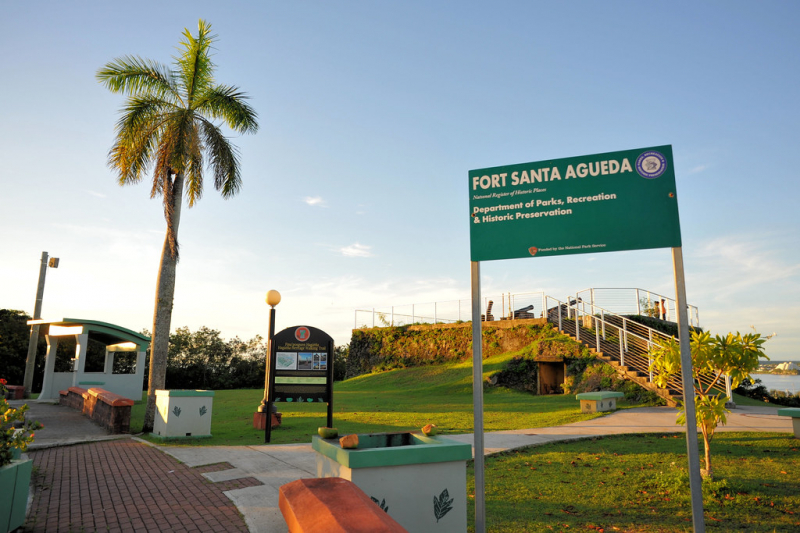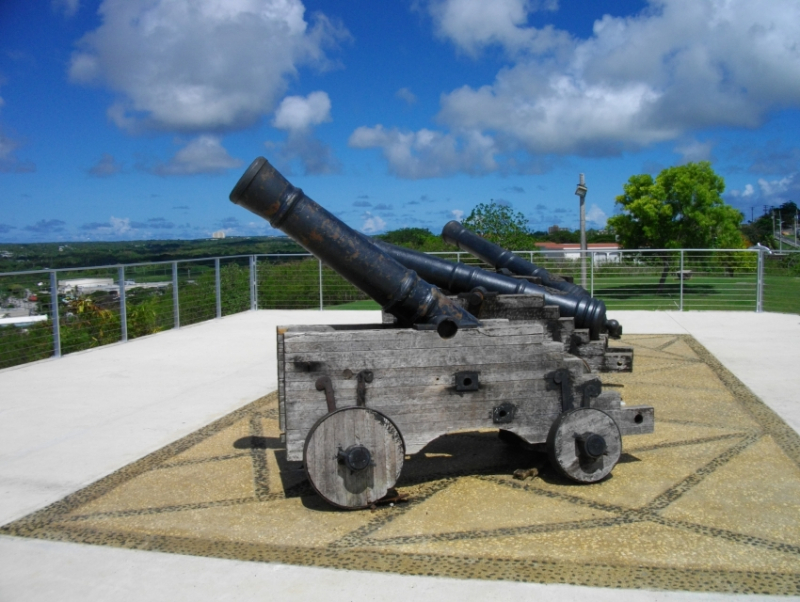Fort Apugan
Another fort counted in the list of the most beautiful historical sites in Guam is Fort Apugan. Fort Apugan or Santa Agueda, located on Guam Highway 7 in Hagåtña, Guam, dated from around 1800, during the Spanish governor Manuel Moro's term (1784-1802). It was an open-air fort with a mamposteria (coral stone and lime mortar) parapet that rose about 3 meters over a steep hillside. It is the only intact fortification from the Spanish Era in Hagta, and it is listed on the National Register of Historic Places in the United States. In 1960, it was designated as a park, and in 1974, it was added to the National Register of Historic Places.
Fort Apugan is located atop the Agana Heights area and offers a spectacular view over Guam's central region. It was originally constructed as a Spanish fort to safeguard the capital settlement of Agana. It was also a great place to keep an eye on the horizon for threats to Spanish interests on Guam, which were largely centered on the lucrative Acapulco-Manila galleon trade system, which saw gold and silver from South America traded with Chinese merchants in the Philippines for a variety of exotic Orient treasures.
An officer of an American whaling ship mentioned the fort in 1802 when he wrote that it had seven guns and ten soldiers, and that it fired a salute as the governor entered a new church in Agana. In 1817, Russian Otto von Kotzebue wrote that it only had a few guns. By 1887, it had completely collapsed. It was utilized as a signal station by the Americans until 1933, and the Japanese occupants converted it to a gun position during World War II.
Location: Hagåtña








